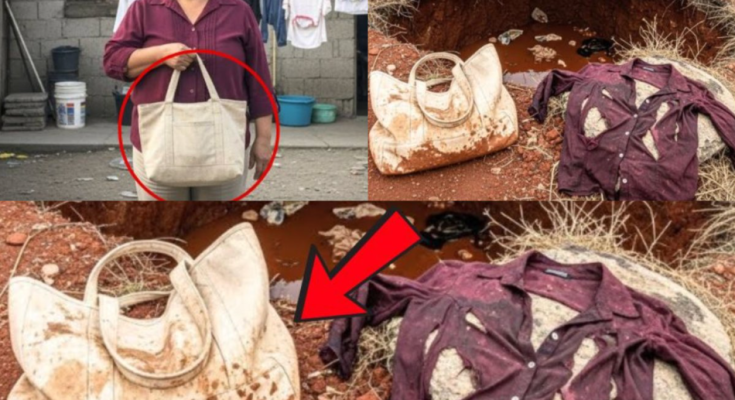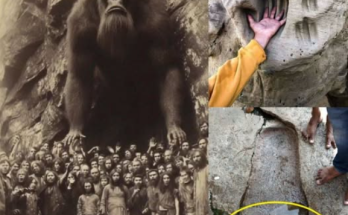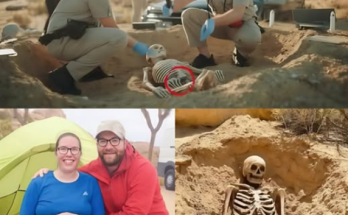The March air in Iztapalapa already carried the heavy weight of heat in 1997 when Guadalupe Herrera, 45, gently closed the wooden door of her modest home on Cedros Street. It was just past 9 a.m. on a Monday. She never crossed that threshold again.
Her disappearance would become one of the most enduring mysteries of the Santa Marta Acatitla neighborhood, a case that blurred the line between memory and ghost story, and that continues to haunt her family nearly three decades later.

A Life of Quiet Strength
For more than twenty years, Guadalupe had been a quiet but dependable presence in her community. Reserved, proper, and unfailingly punctual, she worked long days cleaning floors, cooking meals, and caring for children who weren’t her own.
At 45, her body was still strong enough to wring out heavy wet sheets and carry buckets of water, but what weighed on her more than labor was a growing weariness at the lack of respect she endured.
That Monday, however, Guadalupe seemed different. She dressed with a quiet sense of purpose. She pressed and put on a freshly ironed burgundy blouse and a pair of beige trousers she usually saved for important occasions. To her daughter, Ana María, this choice would later feel like a silent farewell—a uniform of dignity for a final march into the unknown.
The Day She Vanished
Neighbors recall seeing Guadalupe walk down Cedros Street, handbag on her shoulder, head slightly bowed as if lost in thought. She was on her way to another long day of work, but she never arrived at the homes she was expected to clean.
By evening, worry set in. Calls to employers revealed she had not shown up. No neighbors reported seeing her return. By nightfall, the Herrera family began knocking on doors, retracing her path, asking questions no one could answer.
When she didn’t return by dawn, her absence transformed from concern into fear.
A Family’s Endless Search
For weeks, the family plastered missing-person flyers across Mexico City: Guadalupe’s face, her beige bag, her burgundy blouse. They visited police stations, hospitals, morgues—anywhere that might hold a clue.
But the investigation quickly grew cold. Police dismissed her case as “probably voluntary disappearance,” suggesting she had left her family willingly. For her children, this explanation was insulting and absurd.
“My mother lived for us. She would never abandon us. Never,” Ana María told a reporter years later, clutching one of the original faded flyers.
Family games
With no answers, the family became investigators themselves. They followed whispers of sightings in nearby towns, rumors of kidnappings, even stories of women trafficked across borders. Each lead dissolved into smoke.

The Burgundy Blouse as a Symbol
Over time, the detail of the blouse became more than a piece of clothing. It became the symbol of her absence.
Her eldest son remembered folding it the night before she wore it. Her sister remembered telling her it suited her complexion. To the family, the image of Guadalupe in that blouse became fixed—like a photograph etched into memory, the last proof of her existence.
Neighbors spoke of it too. Some claimed they had seen a woman in burgundy near the bus depot. Others swore they dreamed of Guadalupe standing silently at their door, the blouse glowing like a warning.
Whether memory, hallucination, or ghost story, the burgundy blouse became inseparable from her disappearance.



